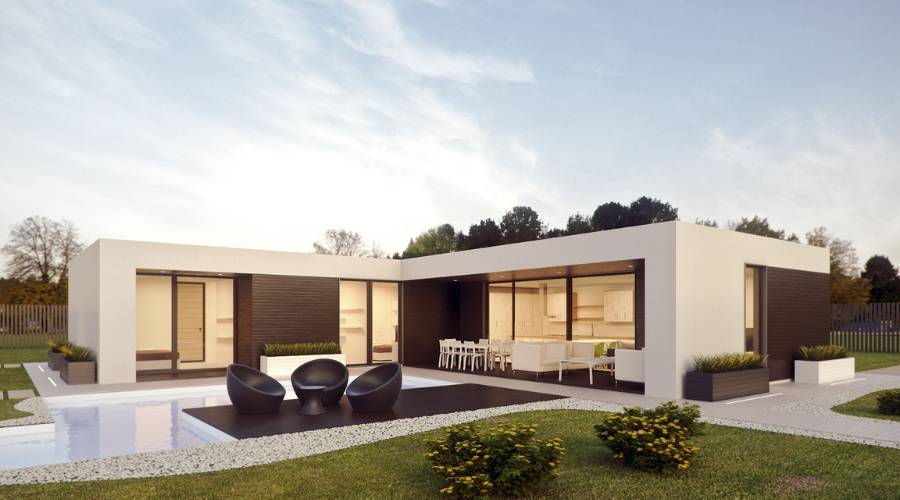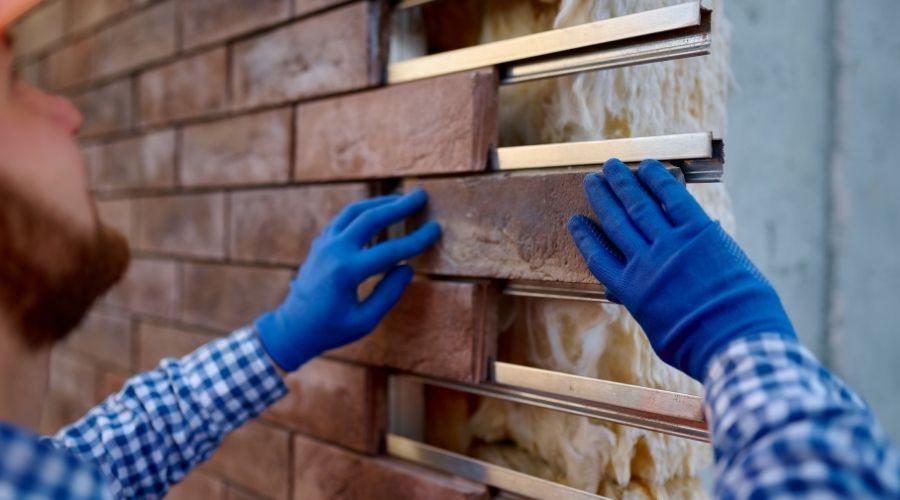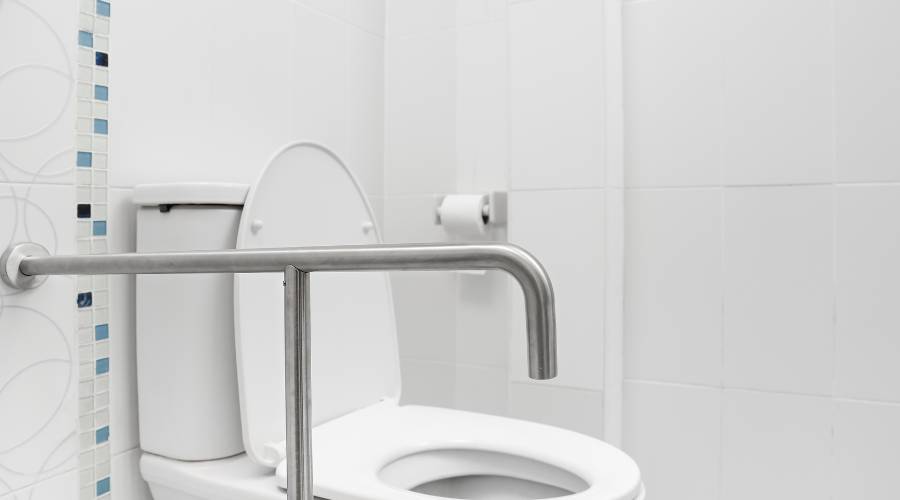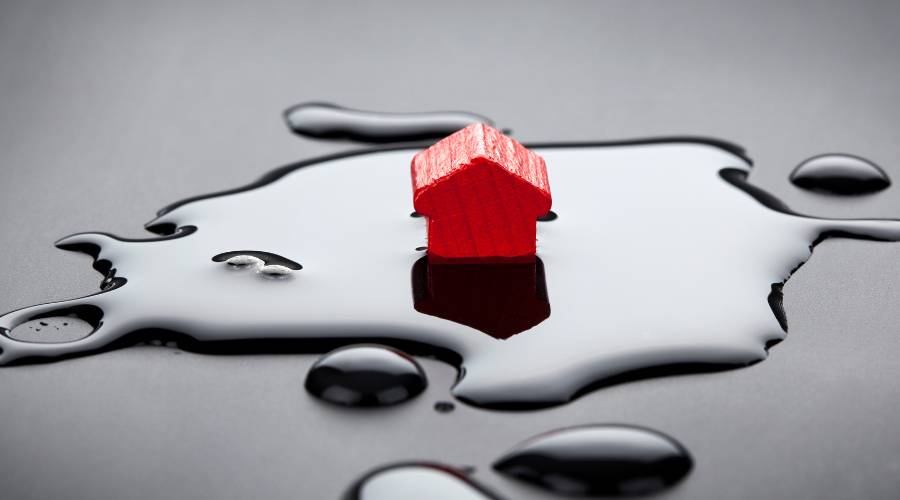Choosing the right external finish is a crucial step in protecting and enhancing the look of homes in Sydney. The harsh Australian weather, with its strong sun, wind, and rain, puts specific demands on building exteriors. Homeowners in areas like Sydney’s North Shore, Inner West, and Eastern Suburbs are looking for solutions that provide both long-lasting protection and visual appeal.
Two popular options often discussed when it comes to exterior finishes are cladding and rendering. Each has its advantages and features:
- Cladding: This involves fixing panels or boards—usually made of timber, metal, or composite materials—to the outside of a house. This not only offers protection but also serves as a design element.
- Rendering: This technique involves applying a wet coat (such as cement, acrylic, or silicone-based render) directly onto masonry walls. This creates a smooth appearance and adds extra resistance against weather conditions.
The decision between cladding and rendering affects more than just the look of your home—it also impacts insulation, maintenance requirements, durability, and future expenses.
This article provides a detailed comparison of cladding and rendering specifically for homes in Sydney. By examining important differences, real-life factors to consider, and practical examples from local renovations, you will receive clear guidance to help you make the best choice for your property’s specific needs.
Understanding Cladding and Rendering

Definition and Purpose of Cladding
Cladding refers to the application of one material over another to provide a skin or layer. This external finish serves several purposes:
- Protection: Shields the underlying structure from weather elements such as rain, wind, and UV rays.
- Insulation: Enhances thermal insulation properties, keeping homes cooler in summer and warmer in winter.
- Aesthetic Appeal: Offers design flexibility, allowing homeowners to achieve various looks from rustic to modern.
Common Materials Used in Cladding
Cladding materials come in various types, each with unique features:
- Timber Varieties:
- Western Red Cedar: Known for its natural resistance to decay and attractive grain.
- Siberian Larch: Durable and resistant to insects.
- Douglas Fir: Strong and versatile.
- European Oak: Provides a classic appearance with robustness.
- Composite Panels: These are made from a combination of materials, providing durability and low maintenance.
- PVC Plastic: Lightweight, affordable, and easy to install.
- Metal Cladding: Aluminium or steel panels offer industrial aesthetics and high durability.
Installation Method
Cladding is typically installed using a dry method where panels are fixed onto the exterior walls with screws or fittings. This technique ensures:
- Quick installation
- Minimal disruption
- Long-lasting results
Design Flexibility and Aesthetic Appeal
Cladding allows homeowners to express their style through various textures, colours, and finishes. It can transform the look of any home, making it visually appealing while enhancing its value.
Definition and Purpose of Rendering
Rendering involves applying a wet coat of a mixture directly onto the exterior walls. The primary purpose is:
- Protection: Provides a protective barrier against weather conditions.
- Structural Integrity: Strengthens the external walls.
- Visual Enhancement: Creates smooth or textured finishes for aesthetic appeal.
Types of Renders
Different rendering types cater to varied needs:
- Pre-Coloured Monocouche Systems: Single-layer renders that come pre-mixed with colour pigments for easy application.
- Traditional Sand/Cement/Lime Mixes: Classic rendering mix offering durability and breathability.
- Silicone-Based Modern Renders: Flexible renders that provide water resistance and crack prevention.
Application Process
Rendering is applied directly onto walls as a wet coat. Depending on the chosen render type, it may require:
- Surface preparation
- Multiple layers for the desired thickness
- Finishing touches for texture or smoothness
Typical Finishes and Colour Options
Rendering offers various finishes:
- Smooth: Sleek and modern appearance.
- Textured: Adds depth and character to walls.
Colour options range widely, enabling customisation to match existing decor or personal preferences.
Key Differences Between Cladding and Rendering
When deciding between cladding installation and rendering application, understanding the distinct processes and material qualities is essential.
Installation Process
- Cladding involves the dry installation of panels onto the exterior walls. These panels can be attached using various methods, including screws, nails, or hidden fixings, offering a straightforward and often quicker installation process.
- Rendering requires a wet application directly onto the wall surfaces. The render mixture is applied in coats and allowed to cure, creating a seamless finish that bonds tightly to the underlying structure.
Material Durability
- Cladding materials such as timber (Western Red Cedar, Siberian Larch), composite panels, PVC plastic, and metal have varying levels of durability. Timber cladding needs regular maintenance to prevent rot, whereas composite and metal options are more resilient against weather exposure.
- Render compositions, including traditional sand/cement/lime mixes and modern silicone-based systems, typically provide robust protection for external walls. Silicone-based renders offer enhanced flexibility and crack resistance, ideal for enduring Sydney’s climate variations.
Impact on Wall Surfaces
- Cladding acts as an additional layer, which can help protect the underlying wall from environmental damage while providing ventilation between the cladding and the wall surface.
- Rendering directly impacts the wall’s surface by creating a solid barrier that can reinforce structural integrity but requires a properly prepared base to avoid issues like cracking.
Variety in Textures and Colours
- Cladding options offer an extensive array of textures and colours, from natural wood grains to sleek composite finishes or industrial metal looks. This variety allows homeowners to choose a style that complements their home’s architectural design.
- Rendering finishes are typically smooth or textured with neutral tones, though pre-coloured monocouche renders can add vibrancy without needing additional painting.
Suitability for Architectural Styles
- Modern Homes in Sydney may benefit from cladding’s versatility in texture and colour choices, contributing to contemporary aesthetic appeal.
- Traditional Sydney Homes often favour rendering for its ability to create a classic look with smooth or subtly textured finishes that enhance heritage character.
Choosing between these two exterior finishes depends on your desired aesthetic outcome, maintenance willingness, budget considerations, and compatibility with Sydney’s diverse architectural styles.
Insulation Benefits, Maintenance Requirements, and Cost Comparison Between Cladding and Rendering
Maintenance Requirements for Cladding and Rendering
Maintaining the external finish of your Sydney home is crucial to ensure long-term durability and aesthetic appeal. Timber cladding requires regular treatment to prevent rot or splitting. This involves:
- Periodic sealing and painting: To protect against moisture infiltration.
- Inspections: Checking for signs of wear or damage, particularly following severe weather events.
Different cladding materials have varied maintenance schedules:
- Composite panels: Generally low-maintenance, but may need occasional cleaning.
- PVC plastic: Requires minimal upkeep, mainly cleaning to remove dirt and grime.
- Metal cladding: Needs periodic checks for rust or corrosion, especially in coastal areas.
Sydney’s climate—with its humidity, rainfall, and intense sun—demands that homeowners stay vigilant about the condition of their external finishes.
Rendering also has specific maintenance considerations:
- Traditional sand/cement/lime renders: Prone to cracking over time; should be monitored and repaired promptly.
- Modern silicone-based renders: Offer better flexibility and resistance to cracking, but still require periodic inspection for any damage or algae growth.
Both cladding and rendering provide vital weather protection for Sydney homes. Regular maintenance ensures these finishes continue to enhance your property’s insulation properties and energy efficiency.
Cost Comparison Between Cladding and Rendering

When evaluating the cost of cladding versus rendering for Sydney homes, several factors come into play:
1. Cladding Costs
Prices can vary significantly based on the material:
- Timber options like Western Red Cedar might range from $50 to $150 per square metre.
- Composite panels could be around $100 to $200 per square metre.
- PVC plastic and metal cladding are generally more budget-friendly, costing between $30 to $100 per square metre.
2. Rendering Costs
Rendering tends to be more consistent in pricing:
- Traditional sand/cement/lime mix averages around $40 to $60 per square metre.
- Modern silicone-based renders or pre-coloured monocouche systems may cost approximately $50 to $80 per square metre.
Factors influencing these costs include material quality and labour. Both finishes contribute differently to insulation and energy efficiency, impacting long-term savings for Sydney homeowners.
Choosing the Right External Finish for Your Sydney Home
Selecting the best external finish involves several key factors:
- Aesthetic Preference: Cladding offers a diverse range of design options, from timber’s natural warmth to sleek metal finishes. Rendering provides a more uniform look, ideal for those preferring smooth or subtly textured surfaces.
- Budget Constraints: Assess your financial priorities. Cladding materials and installation costs vary widely, while rendering might offer a more consistent pricing structure. Balancing quality with cost is essential.
- Maintenance Willingness: Timber cladding requires regular upkeep to prevent damage, whereas rendered surfaces might need occasional repainting or repair. Consider how much maintenance you are prepared to handle over time.
- Compliance with Local Regulations: Sydney-specific building codes and planning permissions can influence your choice. Ensure that your selected finish meets all local requirements to avoid compliance issues.
Understanding these decision factors helps tailor the external finish to your home’s needs and your personal preferences.
Combining Cladding and Rendering for Enhanced Appeal
Many homeowners in Sydney are embracing mixed external finishes to give their properties a unique, striking presence on the street. By blending cladding and rendering, you can add real design contrast to exterior walls, breaking up large surfaces with texture, colour, and depth.
1. Visual Interest
Pairing crisp timber or metal cladding with a smooth rendered wall creates a bold architectural statement. For example, vertical stained cedar boards alongside white render can highlight entryways or upper storeys.
2. Texture Contrasts
Combining natural materials with sleek modern finishes brings warmth and sophistication. Stone-effect cladding set against light-coloured render is popular in coastal Sydney suburbs, balancing contemporary lines with organic texture.
3. Zoning and Definition
Using different finishes helps define distinct sections of your home’s facade—ideal for renovations where new additions meet original structures.
Recent projects in North Shore have used mixed external finishes to transform tired brick houses into eye-catching family homes, demonstrating how thoughtful design contrasts on exterior walls enhances both kerb appeal and property value.
Why Choose Sydney Renovation Group for Your Exterior Finishes?
Sydney Renovation Group excels in delivering top-notch residential renovations, including a variety of external upgrades. Specialising in projects across the North Shore, Inner West, and Eastern Suburbs, our dedicated team ensures that every aspect of your renovation is handled with precision and care.
What Sets Us Apart:
- Expertise in Residential Renovations: With years of experience, we transform homes to meet modern standards while respecting their original charm.
- End-to-End Project Management: Our comprehensive approach includes transparent pricing and free quotes, giving you peace of mind throughout the renovation process.
- High-Quality Craftsmanship: We tailor our services to fit client budgets ranging from $15k to over $150k, ensuring top-tier results regardless of scale.
- Special Offer: First-time clients can enjoy a 10% discount on our services, making it easier to start your renovation journey with us.
Choosing Sydney Renovation Group guarantees a seamless and satisfying experience as we bring your vision for exterior finishes to life.
Conclusion
Choosing the best exterior finish for Sydney homes involves considering several factors:
- Style preference: Cladding offers diverse design options while rendering provides a uniform look.
- Budget constraints: Assessing the cost implications of each material.
- Maintenance willingness: Evaluating the upkeep required for each option.
- Insulation needs: Understanding the thermal benefits of cladding vs rendering.
For tailored advice and personalised solutions, contact your trusted local experts at Sydney Renovation Group.
Ready to transform your home’s exterior? Reach out today!
What are the main differences between cladding and rendering for Sydney homes?
Cladding involves fixing dry panels such as timber, composite, or metal onto exterior walls, offering design flexibility and a variety of textures and colors. Rendering is a wet application of materials like monocouche, silicone-based, or traditional sand/cement mixes directly onto walls, typically resulting in smooth or textured neutral finishes. Both serve as popular external finishes but differ in installation methods, material durability, and aesthetic appeal.
Which cladding materials are commonly used for Sydney homes?
Common cladding materials for Sydney homes include various timber types such as Western Red Cedar, Siberian Larch, Douglas Fir, and European Oak. Other options include composite panels, PVC plastic cladding, and metal cladding. These materials provide diverse design options and require specific maintenance to ensure longevity.
How do cladding and rendering compare in terms of insulation and energy efficiency?
Both cladding and rendering contribute to insulation and energy efficiency in Sydney homes. Cladding materials vary in their insulation properties depending on type, with timber offering natural insulation benefits. Rendered walls provide a continuous protective layer that can improve thermal performance. The effectiveness depends on material choice and installation quality.
What maintenance is required for cladding versus rendering in the Sydney climate?
Timber cladding requires ongoing treatment to prevent rot or splitting due to weather exposure common in Sydney. Maintenance schedules vary based on material type but generally include regular inspections and protective coatings. Rendering needs periodic checks for cracks or damage to maintain weather protection, but typically demands less frequent upkeep than timber cladding.
How does the cost of cladding compare to rendering for external finishes in Sydney?
Costs vary widely depending on material quality and labor, but generally, timber cladding can be more expensive due to material costs and maintenance requirements. Rendering tends to be more budget-friendly with lower upfront costs. Homeowners should consider long-term maintenance expenses alongside initial installation prices when choosing between the two.
Can cladding and rendering be combined on a Sydney home for enhanced exterior appeal?
Yes, combining cladding and rendering can create visual interest and texture contrasts on a home’s facade. This mixed external finish approach is popular in residential renovations across Sydney, allowing homeowners to enjoy the benefits of both materials while achieving unique architectural styles.





